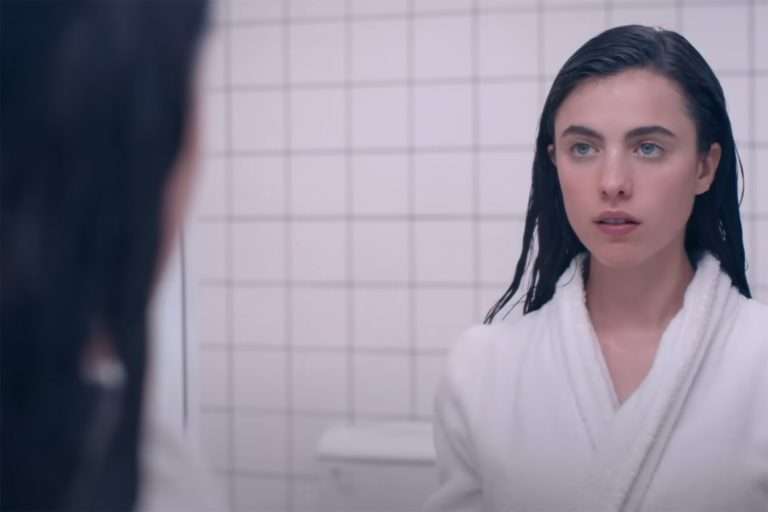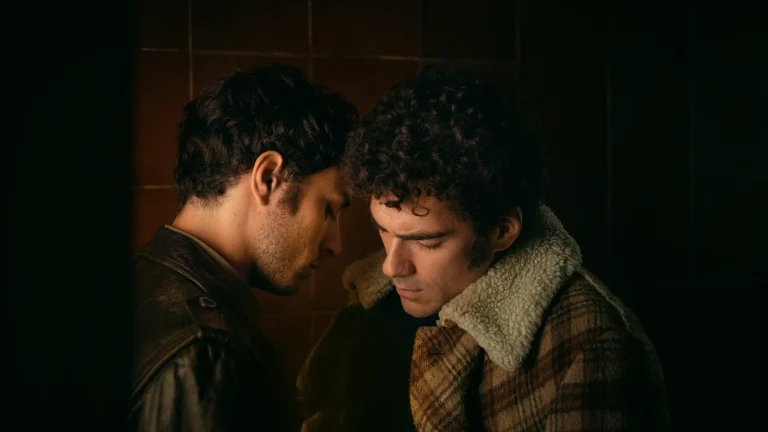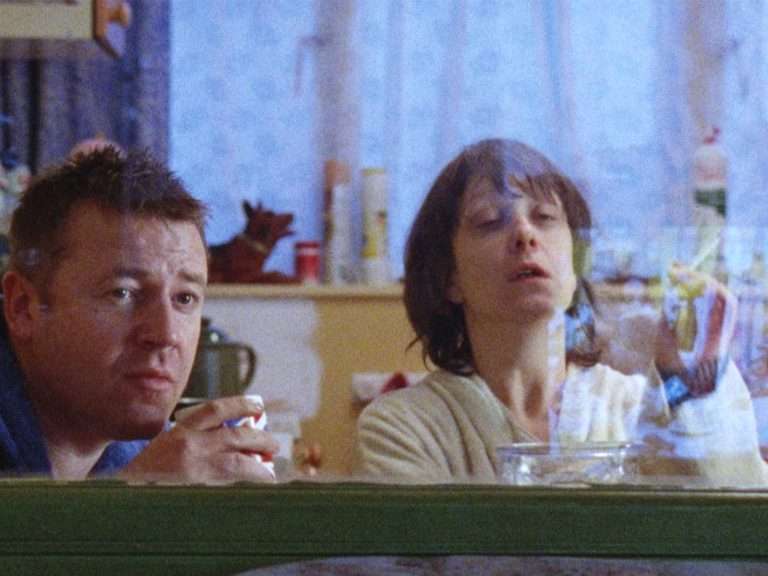At the time when software engineers Reed Hastings and Marc Rudolph founded Netflix in 1997, it was the video rental stores that used to dominate the home entertainment market, mainly Blockbuster. The service then soon replicated this model- a customer would pay an amount for renting films and videos on DVDs for a stipulated subscription period. Later in 1999, Netflix began offering an online subscription service as the internet started reaching households. Over the years, its revenue has grown from 1.36 billion dollars to around 25 billion dollars in just 12 years. It became the first-of-its-kind platform that remained hyper-focused on streaming. But then, what’s changing now?
A few months back it was announced that an ad tier would be coming to the streaming giant in November of this year, while it is now moving to crack down on password-sharing. Netflix has already implemented the plan in some Latin American countries. And last month, multiple blogs and news sites declared that an even bigger change is coming: A larger and even possible complete shift away from the all-at-once-release of its shows. In this piece, I make eight points against the binge-watching model of consuming content.
1: The Mismanaged Marketing
For decades, the audience would watch a trailer for a film and later spend months anticipating its release. In fact, some fans would even especially go to screenings for films they wouldn’t have otherwise gotten tickets for, just because it would be showing extended premieres for famous upcoming releases (Phantom Menace, anyone?). Nowadays, Netflix has notoriously gotten under heat from a lot of artists for casually dumping trailers for films/shows that might’ve undergone extensive days of production. The audience then gets bombarded with other pieces of content, and the trailer soon gets forgotten. In fact, do you even make it to the end of a trailer these days without checking an email, a text from your loved one, or scrolling back to Instagram? Any sort of anticipation dials down when platforms start treating their content as just a means of getting more ‘clicks’, indirectly undermining the artistic merit that went behind it.
2: Reduced Attention Spans & Hyper-Awareness
According to a survey, our average attention spans have lately fallen to 8 seconds, 1 second less than that of a goldfish. Although some believe this has more to do with people being hyper-aware of everything, thus leading them to get more distracted while setting their priorities- the apparent changes are still not trivial. During such a time especially, if the user audience gets introduced to content regularly and over a period of time, it gives them a better understanding of the art they’re consuming, while also additionally helping them understand their wants and expectations better. Through these changes, ‘content’ soon starts being acknowledged as art.
3: The Devaluation Of Film Criticism
One of the biggest shifts we’ve seen recently is the rapid devaluation of critics as merely being ‘tastemakers’ of art. While a well-respected opinion for theatrical releases has gained more importance, binge-worthy OTT media often turns the audience into either consuming random content without any underlying consideration of its undertones or finding themselves turning to echo chambers- hearing exactly whatever they want to hear. Of course, everyone’s entitled to have their own opinion over art – that’s one of the things possible now with the massive user base of social media platforms. But beyond a certain point, we also need to consciously realize that we’re swimming in a pool of excess with the productive discourse being shrunken day by day.
4: The Disproportionate Etiology
According to a study, a whopping 92% of college students have access to Netflix. The always-increasing pile of accessible romcoms and teen dramas over Netflix has gradually started replacing the old days of sitcoms. The parallel rise of ‘cerebral’ TV drama across rival platforms has been proving to be a more accessible option for audiences that still crave thought-provoking content. But at the end of the day, accessible content is what’s going to give an individual cultural capital, while keeping up with the constantly changing trends. Unfortunately, more and more viewers use the platform just as a means of procrastination; it’s casually played in the background while having your date over or while sitting through sleepless nights while hogging junk food. This, in many cases, leads some vulnerable groups into impairing their mental illness over a course of time.
5: Television Isn’t Cinema
One of television’s most unique qualities is the sense of communal harmony and engagement it cultivates by giving the fans an excuse to gather together each week. Structurally, it’s a different form of storytelling that’s fundamentally different from movies and plays. Its offerings make great use if consumed in periodic installments; you almost develop a certain form of keen bond with the characters, scheduling meetings with them once every week. There’s an unspoken dialogue between the show and the audience.
6: The Desire For Instant Gratification
Lately, there’s instant gratification that audiences have become accustomed to in the binge-watching era. But those instant bursts of serotonin soon wane down, deviating far too often from the profound avenue that a weekly model create(d)s a space for. When you binge-watch a show, it ironically leads to a more fractured experience- you conflate the individual episode’s artistic merit with how the show decided to stick its landing, while simultaneously dialing down on any sort of anticipation. This keeps the viewers away from cognitively participating in any sort of reciprocity. What creators need to understand and implement, is that less is more. By driving more audiences towards instant gratification, the binge model abandons the sense of communion that’s becoming all too rare these days.
7: Empty Hijinks
Now, the term ‘binge’ in itself has a negative connotation to it. But what happens with this binge-watching model, is that even when the episodes aren’t as individually (and artistically) accomplished, merely having a good enough bridge to the next one would keep the audience awake all night by hitting on the ‘next episode’ option. What we all have gradually seen, is how this leads storytellers to resort to cheap thrills and flashy violence. Any piece of fictional media communicates emotions through audience identification, with the very experience of the character acting. By providing the audience just with the hijinks, the platforms constantly keep delaying the resolution while retaining their customers’ subscriptions. It’s a business strategy that seemed to work, but now with the ever-growing battle between various OTT platforms, artists as well as the audience need to consciously realize that less is indeed more.
8: The Echo Chamber Problem
The Netflix recommendation model in itself caters to select short-term preferences of the audience; it doesn’t understand the long-term preferences an individual might want to explore, inherently, though not intentionally, creating echo chambers. This is because Netflix, which has allocated a large chunk to data science strategy, looks only at more evident revealed preferences of a viewer. The model it had relied on the back during the days of renting DVDs failed precisely because of this- it was strategically used to narrow down the choices of the customers so that the company would that way have to purchase lesser DVDs from distributors. This eventually leads to a feedback loop, while the everlasting competition for better content and wider preference goes out of the window.
Back in the day, video-rental service Blockbuster’s massive share of revenue used to come from the late fee which the company used to charge its customers for not returning DVDs on the stipulated time. The rental store then declared bankruptcy in 2010 and eventually by 2019, only one Blockbuster store existed. By letting go of the core principle of reciprocity that Netflix seemed to harness by emphasizing more on the audience-friendly social norms, the streaming service saw massive revenue growth in the subsequent years. Netflix is now arriving at a decision to charge an extra amount to customers who share their passwords with friends and acquaintances. With this crackdown, the platform is probably making a move from a social norm to one more market-driven – nearly similar to what Blockbuster was doing two decades back. The question is, will it survive?
Checkout Our Netflix Coverage







